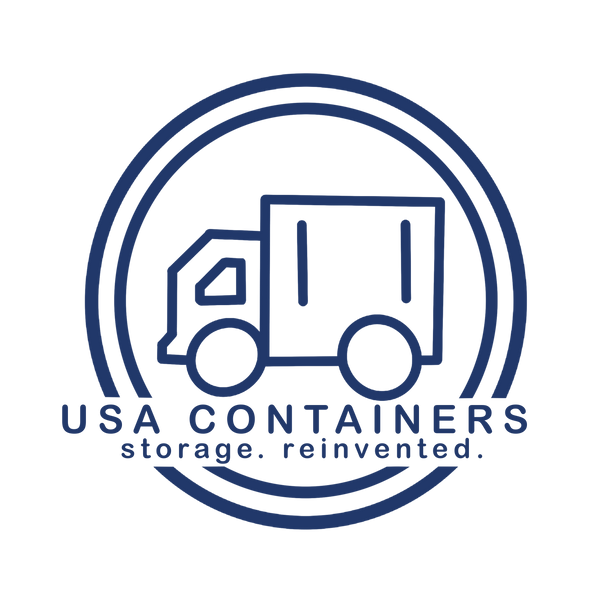
Why Shipping Container Homes Are the Future of Fire-Resistant Housing
Share
In an era where wildfires are increasingly common, homeowners are seeking resilient and sustainable housing solutions. Shipping container homes have emerged as a compelling option, offering durability, eco-friendliness, and fire resistance. Let's explore how these innovative structures are being utilized in recent projects and the features that make them a smart choice for fire-prone areas.
Why Shipping Container Homes Are Fire-Resistant
Shipping containers are constructed from Corten steel, known for its high melting point of approximately 1,500°C (2,732°F), making them inherently resistant to fire. This steel structure provides a robust shell that can withstand extreme temperatures, unlike traditional wood-framed homes. However, the fire resistance of a container home also depends on the materials used for insulation and interior finishes.
For enhanced fire protection, many builders incorporate fire-rated insulation materials such as rock wool or mineral wool, which can withstand high temperatures and prevent the spread of flames. Additionally, using fire-resistant wall panels, gypsum boards, and non-combustible finishes in areas like kitchens and utility rooms further bolsters the home's defense against fire.
Notable Fire-Resistant Shipping Container Homes
Container House | New South Wales, Australia
The Container House by Rama Architects, situated in Church Point, NSW, exemplifies innovative design by repurposing six 20-foot shipping containers into a bushfire-resistant family home. Engineered to meet BAL29 bushfire standards, the residence incorporates fire-rated materials such as fiber cement sheeting and metal roofing, ensuring durability and safety in a bushland setting . The home's design emphasizes sustainability and efficiency, with features like prefabricated glazing, louvered ventilation for natural airflow, and high-quality insulation to prevent condensation.
McConkey Residence | San Diego County, California
The McConkey Residence in San Diego County, California is an 800-square-foot residence crafted from three recycled shipping containers, exemplifying innovative and sustainable design. Constructed with fire-resistant materials—including cement board siding, a Class A TPO roof, and dual-paned tempered glass windows—the home meets stringent local fire codes, ensuring durability in wildfire-prone areas. Designed by Chris Bittner of OBR Architecture, the layout features a U-shaped configuration with 13-foot-high ceilings and a retractable garage door, creating a seamless indoor-outdoor living experience. As one of the first permitted shipping container homes in San Diego County, it showcases how thoughtful design and eco-friendly practices can harmonize to produce a resilient and cost-effective dwelling.
River Forest Lookout | Epworth, Georgia
The River Forest Lookout in Epworth, Georgia, is a remarkable off-grid retreat designed by Mark Derenthal, featuring two repurposed 20-foot shipping containers elevated 60 feet above the forest floor on a galvanized steel tower. This 300-square-foot dwelling is engineered for fire resistance and minimal maintenance, incorporating metal interior framing, aluminum-framed windows, and stainless steel ceilings . The main container houses a cozy living area with a kitchenette, while the second container contains a spacious bathroom; both offer panoramic views through floor-to-ceiling windows. Powered by rooftop solar panels and equipped with a rooftop deck, the River Forest Lookout exemplifies sustainable, elevated living.
Enhancing Fire Safety in Container Homes
While the steel structure of shipping containers offers a strong defense against fire, additional measures can further enhance safety:
-
Insulation: Utilize fire-resistant insulation materials like rock wool or mineral wool to prevent heat transfer and flame spread.
-
Interior Finishes: Incorporate fire-rated gypsum boards and non-combustible materials, especially in high-risk areas such as kitchens and utility rooms.
-
Electrical Systems: Ensure all wiring and electrical components meet fire safety standards, using certified fire-retardant materials and proper circuit protection.
-
Ventilation: Install adequate ventilation systems to prevent heat buildup and allow for safe evacuation in case of fire.
-
Fire Suppression: Equip homes with smoke detectors, fire extinguishers, and, where possible, sprinkler systems to quickly address any fire incidents.
Shipping container homes offer a compelling combination of durability, sustainability, and fire resistance, making them an increasingly popular choice in areas prone to wildfires. The recent projects highlighted from 2024 and 2025 builds demonstrate the versatility and safety of shipping container-based construction. By incorporating fire-resistant materials and thoughtful design, these homes not only provide peace of mind but also contribute to more sustainable and resilient housing.
Fill out the form below for a free shipping container quote from USA Containers:
